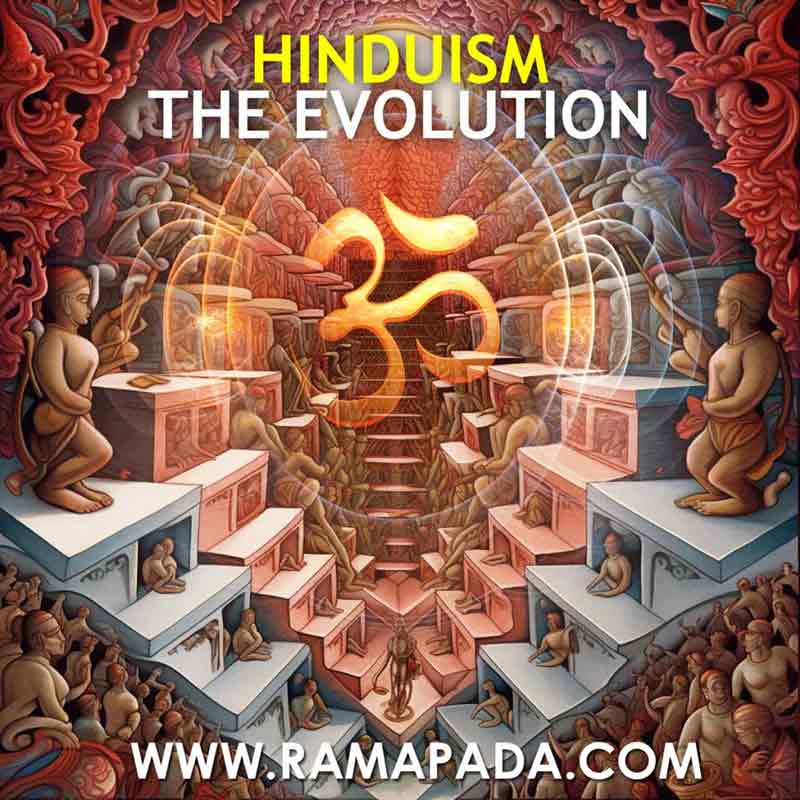Hinduism, the world’s oldest religion, defies easy definition. Unlike Abrahamic religions with a founding figure and central text, Hinduism boasts a rich tapestry woven over millennia. Its identity is not static but a dynamic process shaped by diverse influences and historical currents.
Vedic Roots and the Rise of Brahmanism:
The seeds of Hinduism lie in the Indus Valley Civilization and the Vedic period (1500–500 BCE). The Vedas, a collection of hymns and rituals, established the worship of various deities and the concept of dharma, or righteous conduct. The priestly class, the Brahmins, rose to prominence, laying the foundation for the hierarchical social order.
Synthesis and Transformation:
As per the best astrologer in India, the Epic and Puranic periods (500 BCE–500 CE) witnessed the flourishing of the epics, the Ramayana and Mahabharata, and the Puranas, mythological tales. These works emphasized devotion (bhakti) to personal deities like Vishnu and Shiva, alongside older Vedic rituals. This era also saw the absorption of ideas from non-Vedic traditions and the rise of diverse philosophical schools.
Encounter and Integration:
The encounter with Buddhism and Jainism (6th BCE onwards) further enriched Hinduism. While Buddhism declined in India, some of its practices like meditation found a place within Hindu traditions. Hinduism’s adaptability allowed it to integrate diverse beliefs and practices.
Medieval Reimagination and Bhakti Movements:
During the medieval period (600-1800 CE), devotional movements emphasizing personal connection with the divine gained prominence. These movements transcended social barriers, with saints like Kabir and Mirabai composing songs and poems in local languages. Temple building flourished, and regional variations in practices developed.
Colonial Encounters and the Assertion of Hinduism
The arrival of European powers in the 18th century posed a new challenge. The term “Hindu” gained wider currency as a way to distinguish the religion from others. Reform movements emerged in the 19th century, aiming to purify Hinduism and counter Christian influence.
Modern Hinduism and Negotiations of Identity:
In the modern era, Hindus grapple with complex questions. Issues of caste, gender equality, and the role of tradition in a changing world are ongoing debates. The vast diaspora has led to new expressions of Hinduism, with adherents adapting traditions to new contexts.
Conclusion:
Hindu identity is not a monolith but a vibrant and ever-evolving mosaic. Its openness to diverse influences and its emphasis on the pursuit of truth through multiple paths allow it to endure and adapt. As Hinduism encounters the challenges of the 21st century, its capacity for transformation will likely continue to shape its identity.

